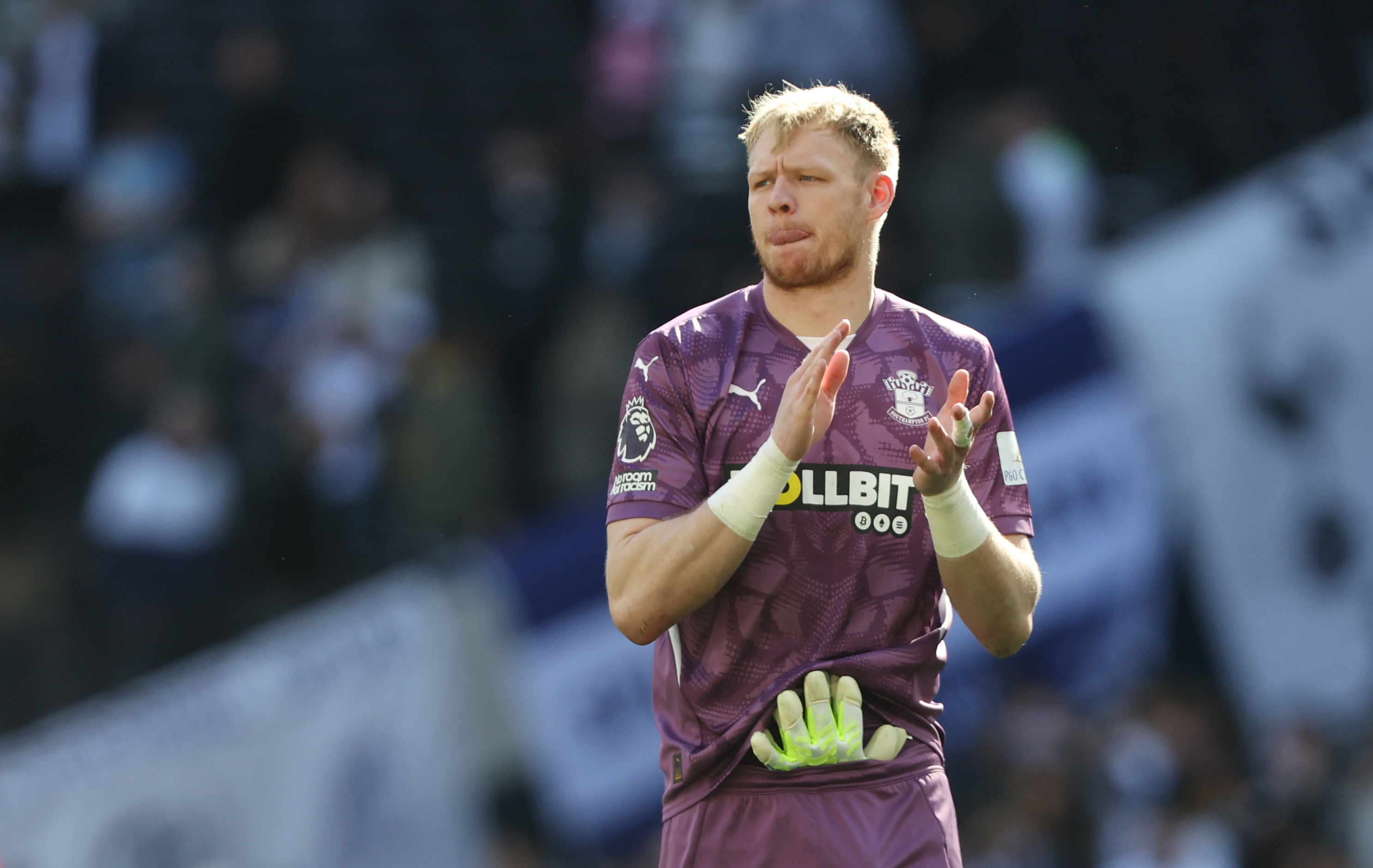Clarke, Flitcroft... Freedman?! The 8 best tacticians in the Football League
It's no longer just a case of 4-4-2 and lumping it to the big man in the lower divisions. Mike Holden introduces the bright bosses leading the way further down the English football pyramid...

1. Derek Adams (Plymouth Argyle)
Beaten by ‘better teams’ in Portsmouth and Oxford, ‘lucky’ to edge out Notts County and Accrington, ‘unconvincing’ against a string of also-rans. There are plenty lining up to discredit Plymouth, yet Adams’ ability to switch formations from week to week – and often within the course of games – means they are currently lording it over League Two, five points clear at the summit. If the Pilgrims maintain their current run rate of 2.19 points per game, they will finish the campaign on 101 points. And why not? It’s not as if opponents have an easy code to crack or an established pattern to study and overcome. Even if opponents find one, they can be rest assured that Argyle will quickly adapt and morph into something else.
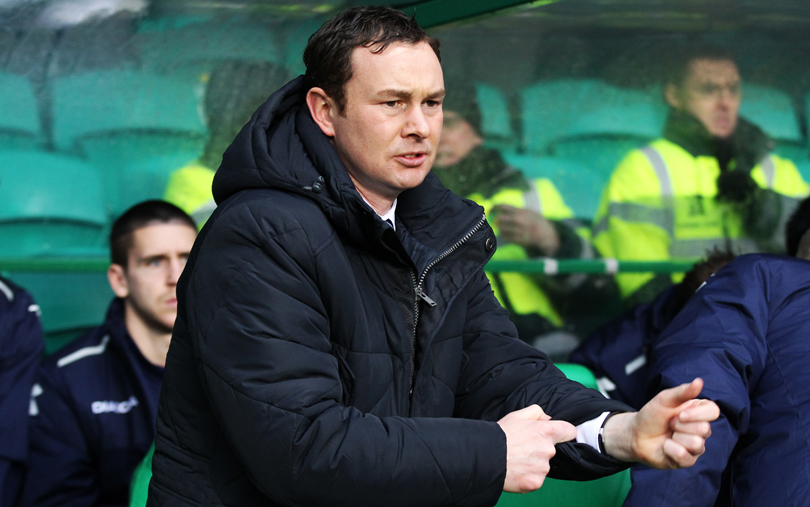
2. Steve Clarke (Reading)
With a settled back five and an interchangeable front six, Reading have used five different formations
Quality tacticians don’t need great players but great options, and nobody in the Championship has been mixing it up to such devastating effect as Clarke. With a settled back five and an interchangeable front six, Reading have used five different formations – none of them 4-4-2 – to carve out some of the division’s best statistics at both ends of the pitch. Contrary to his reputation as a defensive coach, the former West Brom boss has cobbled together an arsenal of seven attack-minded performers in advanced positions, while his appreciation of intricate forward play has enabled the Royals to win the first halves of their last five away games by an aggregate 8-0 scoreline.
3. John Coleman (Accrington)
A happy medium has now been found, with Stanley taking 18 points from their last nine matches and scoring 19 goals in the process
A higher defensive line was the priority for Coleman in the summer: Accrington shipped 77 goals last term, the worst defensive record in the basement division, but were breached only once every 158 minutes in their first seven matches this time around. Welcome though it was to be miserly, defensive excellence wasn’t enough for Coleman, who went back to the drawing board to get more out of his team going forward. A happy medium has now been found, with Stanley taking 18 points from their last nine matches and scoring 19 goals in the process. A stunning 60% shot ratio has been maintained throughout both phases, a rather incredible feat considering their top-heavy fixture list.
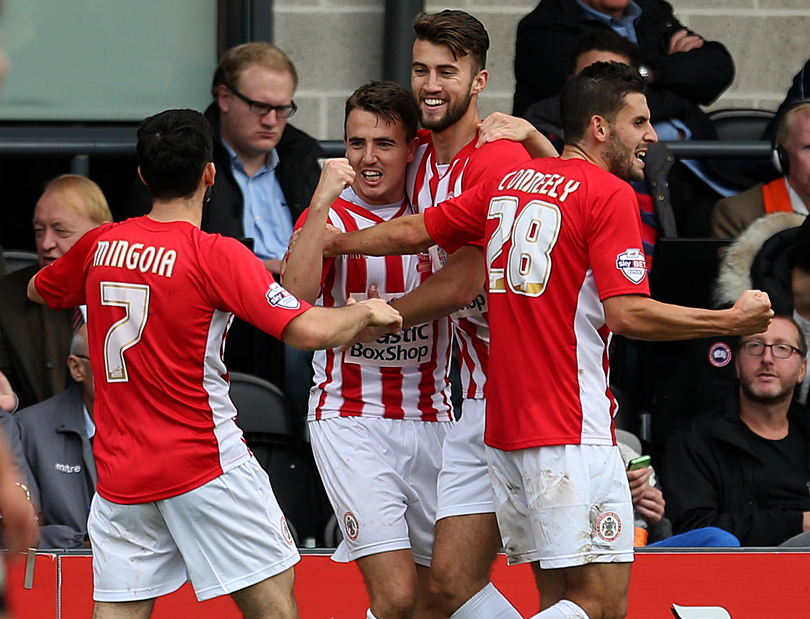
4. Gary Rowett (Birmingham)
Get FourFourTwo Newsletter
The best features, fun and footballing quizzes, straight to your inbox every week.
The real secret to his success, however, lies in how well he conveys the nuances to players who wouldn’t ordinarily be regarded as tactically astute
Averaging 1.67 points per game from less than 45% possession, no other manager in Europe has been squeezing so much out of so little. A staunch 4-2-3-1 advocate, Rowett favours the formation for its ability to morph into various alternatives with the slightest of tweaks. The real secret to his success, however, lies in how well he conveys the nuances to players who wouldn’t ordinarily be regarded as tactically astute. While the Blues are nowhere near the heavyweights of the Championship in terms of budget, the 79 points they have taken from Rowett’s 47-game tenure is proof enough that they are good enough to remain in the top six for the remainder of the campaign.
RECOMMENDED Philosophical football: Gary Rowett and the rise of the lower league tacticians
5. David Flitcroft (Bury)
Much has been made of Bury’s budget and their plush facilities at Manchester City’s old training complex, but Flitcroft is ensuring those luxuries don’t go to waste. From a strength and conditioning perspective, the Shakers are probably the most formidable team in League One, something that enables them to infiltrate some of the division’s toughest venues and, quite literally, go the extra mile. Well-tailored and varied game plans have been executed to maximum effect at Wigan, Walsall, Sheffield United and Peterborough; sometimes Bury strike early, sometimes they strike late – either way, they invariably play to their strengths against a given opposition as a result of meticulous preparation. For a newly promoted team, seven straight wins from the start of September was a phenomenal achievement.

6. Chris Hughton (Brighton)
The club’s traditional 4-3-3 has been ditched in favour of a more pragmatic 4-4-2, itself a compromise on the more defensive 4-4-1-1 for which Hughton was previously renowned
Still unbeaten after 15 matches, Hughton has quickly recaptured – and exceeded – previous standards set by Gus Poyet and Oscar Garcia, allowing the Seagulls to confine last season’s alarming freefall under Sami Hyypia to Room 101. The club’s traditional 4-3-3 has been ditched in favour of a more pragmatic 4-4-2, itself a compromise on the more defensive 4-4-1-1 for which Hughton was previously renowned. The key difference for Albion is the newfound emphasis on scoring first: last season, Brighton conceded the opening goal in 22 of their 46 matches and salvaged only seven points after falling behind. With a third of the current campaign behind them, the south coast club have gone behind only twice.
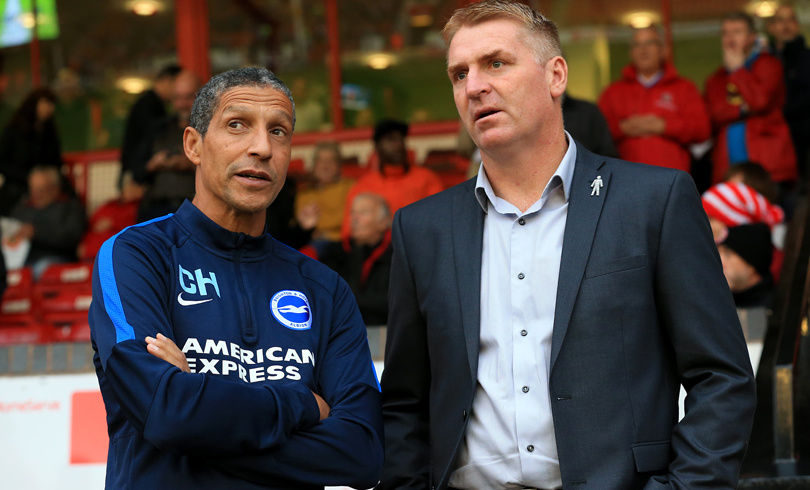
7. Dean Smith (Walsall)
The project has been five years in the making but a sudden switch to 3-5-2 in late July transformed Walsall from play-off hopefuls to genuine title contenders. The Saddlers have used other formations – mostly when deprived of either of their marauding wing-backs, Rico Henry and Jason Demetriou – but nothing comes close to the level of control they exert when those two are doubling up on workload down the flanks, enabling Smith to field three central midfielders. Coventry, Burton and Gillingham have all arrived at the Bescot as league leaders only to be sent away with their tails between their legs. Now Walsall sit top of the pile themselves, with a 62% shot ratio suggesting they can stay there.
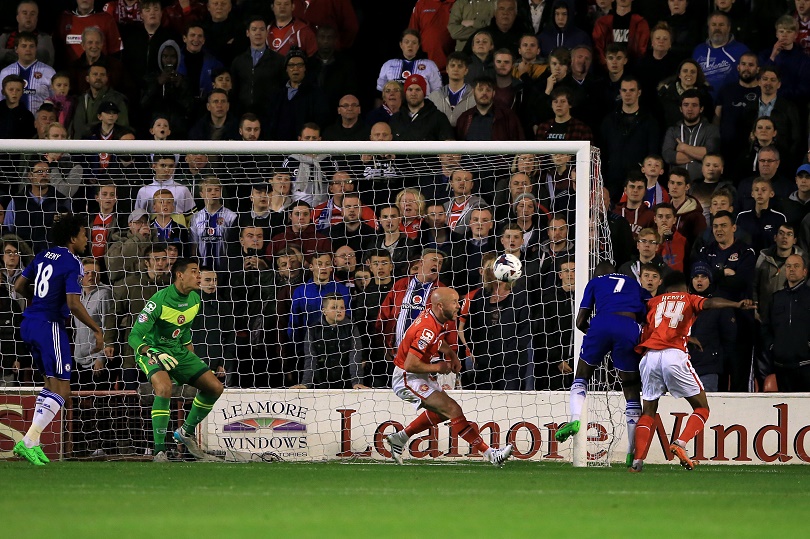
8. Dougie Freedman (Nottingham Forest)
Forest have dominated the shot count in ten of their 15 matches, an impressive statistic when you take their transfer embargo into account
Perhaps something of a controversial choice considering Freedman is reportedly close to the axe with Forest languishing 18th in the Championship, but it should be acknowledged that performances have been far better than results. Forest have dominated the shot count in 10 of their 15 matches, an impressive statistic when you take their transfer embargo into account. Such restrictions mean Forest have been forced to shop for quantity rather than quality, although one suspects Freedman has relished the opportunity to indulge himself in a horses-for-courses approach, using 28 different players in six different formations. If the league table was decided on an average shot conversion rate, Forest would currently be seventh. Who knows how different things might be if either Britt Assombalonga or Matty Fryatt were fit?
RECOMMENDED 29 signs you're a Football League fan
